In recent years, rhinoplasty has become one of the most sought-after cosmetic procedures for those looking to enhance their facial harmony and aesthetic appeal. Among various modern nose reshaping procedures, closed rhinoplasty is emerging as a preferred option due to its high safety profile and quick recovery. Not only does it deliver natural-looking results, but it’s also highly rated for its minimal downtime and lower risk of complications. Let Rhinoplasty Experience explore everything you need to know about closed rhinoplasty in this article to make a confident and informed beauty decision.
What is a closed rhinoplasty?
Closed rhinoplasty is a modern nose reshaping procedure in which all incisions are made inside the nostrils. This approach allows for effective improvement of the nasal structure without leaving visible scars on the skin surface, helping preserve a natural and aesthetically pleasing appearance. It’s an ideal choice for individuals seeking subtle yet noticeable enhancement without altering the external nasal framework.
Unlike open rhinoplasty, the closed rhinoplasty does not involve cutting the columella (the tissue between the nostrils). It is suitable for addressing issues such as nasal tip refinement, dorsal hump reduction, narrowing of the nasal bridge, or adjusting nasal proportions. This procedure is typically effective for patients with relatively balanced nose shapes who require only minor adjustments to the tip or bridge.
Thanks to its scar-free results and shorter recovery time, closed rhinoplasty has become an increasingly popular option for moderate-level nasal corrections.
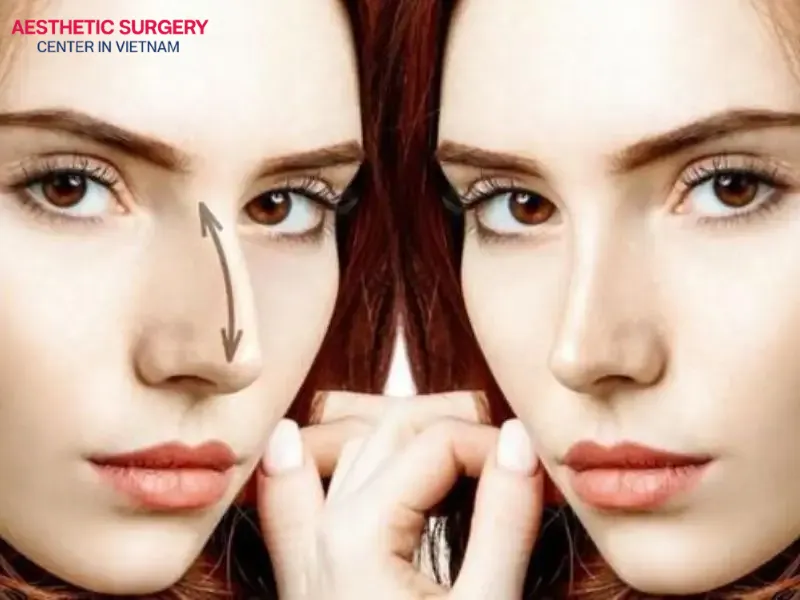
The benefits of closed rhinoplasty
Closed rhinoplasty offers several outstanding benefits over the open rhinoplasty approach, especially for those seeking subtle nasal enhancements while preserving a natural, untouched appearance. Some of the key benefits include:
- No visible scarring: All incisions are made inside the nostrils, meaning there are no visible scars on the skin, particularly around the columella (the tissue between the nostrils). This helps maintain facial harmony and a natural aesthetic after surgery.
- Shorter procedure time: Closed rhinoplasty typically takes less time to perform than open rhinoplasty. Since it involves fewer incisions and a less complex approach, patients usually experience a faster, more comfortable surgical process.
- Reduced post-operative swelling: With less disruption to nasal structures, closed rhinoplasty often results in milder swelling compared to open procedures. This allows for a quicker return to daily activities.
- Minimal internal scar tissue: Because it avoids extensive tissue dissection, this method reduces the risk of internal scar formation (fibrosis) within the nasal cavity.
- Faster recovery: Thanks to its minimally invasive nature, recovery time is significantly shorter. Most patients require only a few days of rest before resuming their normal routines.
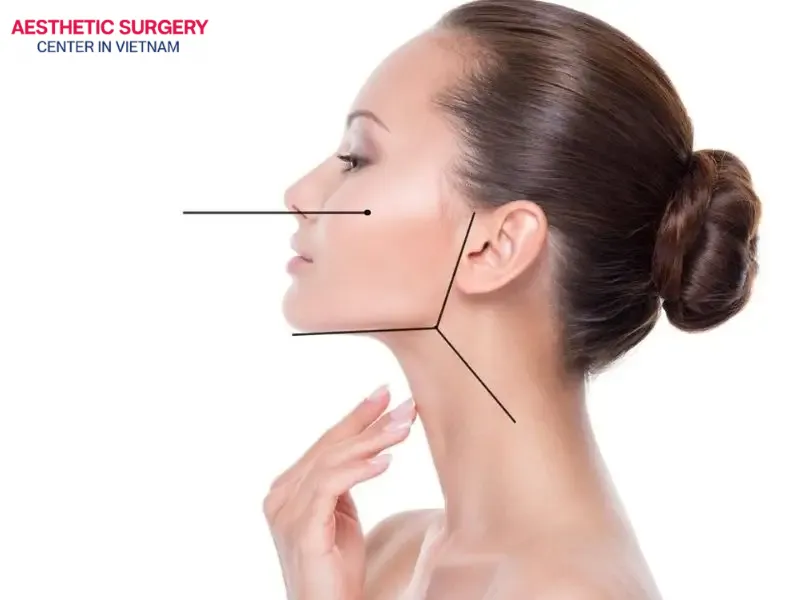
How to prepare for a closed rhinoplasty?
Before undergoing closed rhinoplasty, it’s essential to prepare both mentally and physically, and to equip yourself with the right information. Thorough preparation helps ensure the procedure is performed safely and smoothly. Here are a few key things to keep in mind:
Choose a highly qualified and experienced surgeon
Selecting a skilled and experienced plastic surgeon is one of the most critical factors in achieving a safe and successful result. A surgeon with extensive experience will not only master the surgical technique but also be well-equipped to handle any complications that may arise during or after the procedure.
It is advisable to choose a board-certified plastic surgeon who specializes in facial aesthetics and has a proven track record of successful rhinoplasty cases. You may also ask to see closed rhinoplasty before and after photos of real patients to assess the surgeon’s technical expertise and artistic style.
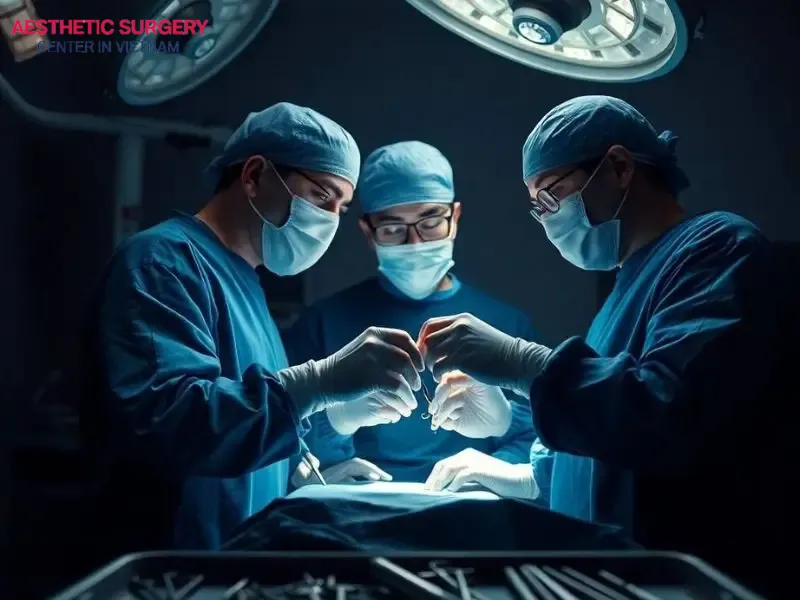
Schedule a consultation and choose the right nose line
Before your rhinoplasty procedure, it’s important to schedule an in-person consultation with your surgeon. This step allows you to clearly communicate your desired nose line, while the doctor evaluates your current nasal structure to recommend the most suitable surgical approach.
During the consultation, your surgeon may take photos from multiple angles, use simulation software, or suggest nose lines that complement your facial features. You’ll also be asked to share relevant medical history, including any medications or supplements you’re currently taking. This helps the surgeon develop a personalized and safe treatment plan.
Follow pre-operative instructions carefully
About 5-7 days before surgery, you’ll need to follow your surgeon’s specific guidelines to ensure a safe and successful procedure:
- Avoid blood-thinning medications such as aspirin, ibuprofen, vitamin E, and certain herbal supplements that may increase bleeding risk.
- Refrain from smoking and alcohol consumption, as these can slow down the healing process and increase the risk of complications.
- Maintain a healthy diet and mindset, and make sure to rest well prior to surgery.
- Arrange transportation and post-op support from a trusted friend or family member, especially for the first 1- 2 days after the procedure.
- Thorough preparation, both mentally and physically, is the foundation for achieving your desired rhinoplasty results.
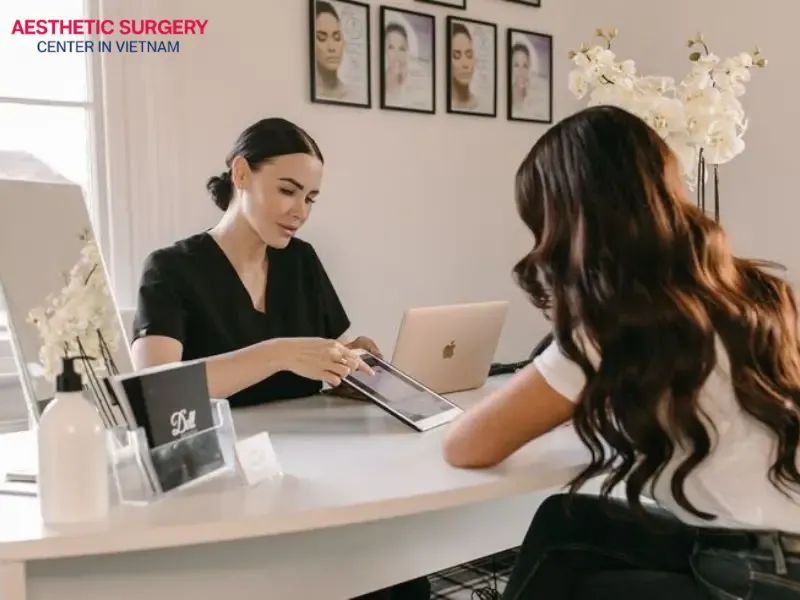
Standard medical closed rhinoplasty procedure
Closed rhinoplasty is a technically demanding cosmetic procedure that requires high precision and surgical expertise. The entire operation typically takes between 1 to 2 hours and is performed in a sterile environment with the support of a professional team, including anesthesiologists and surgical nurses. Understanding the standard surgical process at reputable clinics can give you a clearer perspective on what to expect.
Step 1: Anesthesia
To ensure you feel no pain or discomfort during the surgery, general anesthesia will be administered. This is a crucial step that allows the surgeon to operate safely while keeping your body stable and relaxed throughout the procedure.
Step 2: Internal incisions
The surgeon makes small incisions inside the nostrils to access the underlying cartilage and bone. Since there is no external incision on the columella, this approach minimizes visible scarring and reduces tissue trauma.
Step 3: Nasal reshaping
Based on your anatomy and desired outcome, the surgeon will reshape the nose by adjusting the bridge, refining the tip, or removing a dorsal hump. This may involve trimming or repositioning cartilage, smoothing bony structures, or sculpting soft tissue to create a more balanced and natural-looking nose shape.
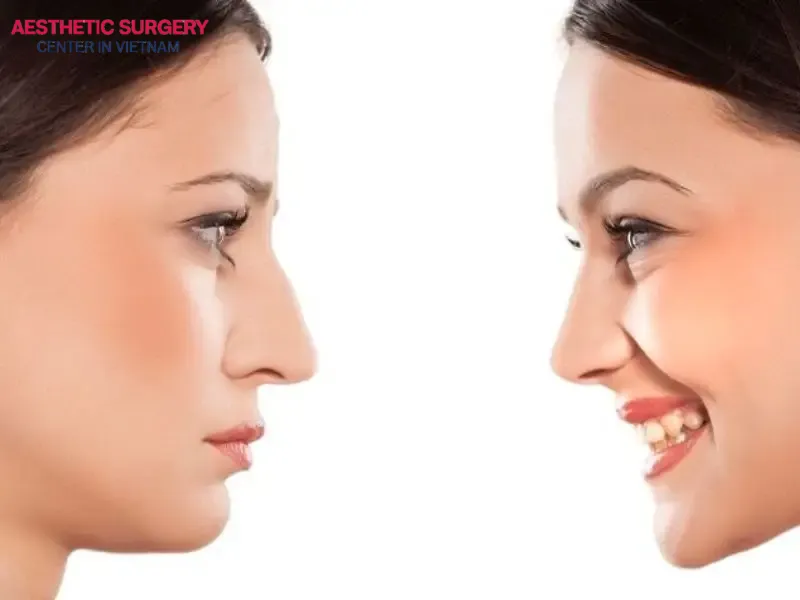
Step 4: Closing the incisions
Once the reshaping is complete, the incisions inside the nostrils are closed using fine, dissolvable sutures. Because the stitching is internal, there is no external scarring, and the nose is supported in a stable position during healing.
Step 5: Post-operative care
After surgery, you’ll be moved to a recovery area for monitoring over the next few hours. Once your vital signs are stable, your doctor will provide aftercare instructions and prescribe medications to manage pain and prevent infection. Following these guidelines closely is key to ensuring a smooth recovery and optimal aesthetic results.
How much does a closed rhinoplasty cost?
The closed rhinoplasty cost can vary significantly depending on several factors, including the complexity of the procedure, the surgeon’s experience, and the location of the clinic. At reputable aesthetic centers in Vietnam, the price typically ranges from closed rhinoplasty cost 20 to 50 million VND (approximately $800 to $2,000), and may be higher for more complex corrections or when combined with additional procedures such as cartilage grafting or tip refinement.
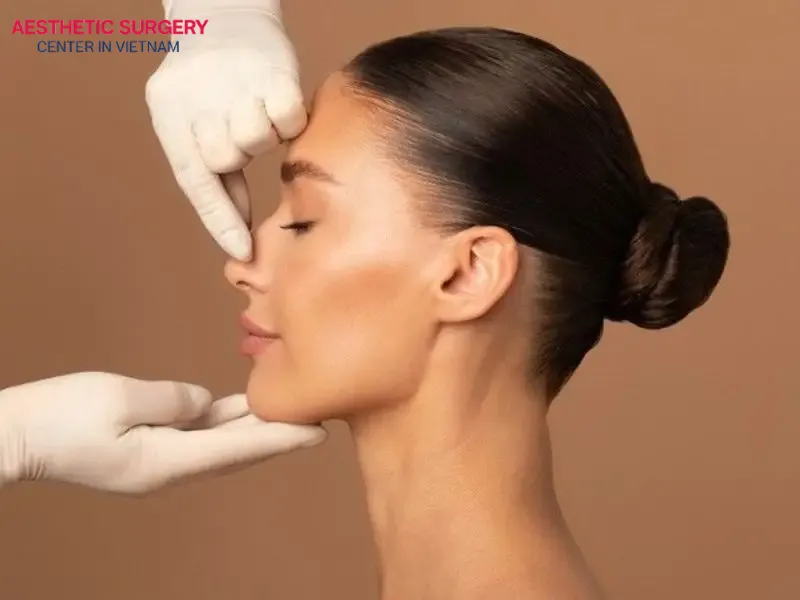
The most significant factor influencing the closed rhinoplasty cost is the surgeon’s experience and qualifications. Well-known surgeons with a strong track record of successful procedures typically charge higher fees. However, in return, you gain peace of mind, greater safety, and more satisfying aesthetic results. In addition, the clinic’s location plays a major role in pricing. Clinics in major cities or countries known for advanced cosmetic surgery tend to have higher costs compared to those in smaller towns or regions where the aesthetic industry is less developed.
After an in-person consultation, you will usually receive a detailed quote that covers: Surgical fees, anesthesia costs, operating room charges, and post-operative care service. Some clinics also include follow-up visits in their service package, which provides added assurance during the recovery process.
To ensure that the price reflects the quality you’re receiving, it’s highly recommended to choose a reputable clinic with transparent pricing and clear pre-operative consultation. Answering the question How much does rhinoplasty cost in Vietnam accurately depends on this due diligence.
Post-operative care after closed rhinoplasty to recover faster
Proper post-operative care is a key factor in determining both the speed of your recovery and the long-term aesthetic success of your closed rhinoplasty. Follow these important guidelines to ensure a safe and smooth healing process:
- Follow your surgeon’s instructions: Take all prescribed medications, clean the incision area as directed, and attend all scheduled follow-up appointments to minimize complications and promote faster healing.
- Monitor your nose closely: If you experience prolonged pain, bleeding, swelling, or fever, contact your surgeon immediately for appropriate evaluation and treatment.
- Keep your head elevated when sleeping: Sleep on your back with your head raised using 2–3 pillows or a reclining chair for at least 6 weeks. This helps reduce swelling and keeps your nose in proper alignment.
- Apply cold compresses properly: During the first 72 hours, apply cold compresses to your cheeks (not directly on the nose) to effectively manage the initial rhinoplasty swelling stages and reduce bruising.
- Get enough rest: Aim for at least 8 hours of sleep per night to support tissue regeneration and recovery.
- Maintain a nutritious diet: Incorporate plenty of protein, green vegetables, and vitamin-rich fruits (especially vitamins A and C) to boost your immune system and help tissue heal faster.
- Avoid heat exposure: Stay away from saunas, hot showers, and hot food or beverages in the early stages, as excessive heat may worsen swelling.
- Do not blow your nose: Nasal congestion is common post-surgery. Avoid blowing your nose and use saline spray as recommended by your doctor to keep the nasal passages moist and clean.
- Sneeze through your mouth: If you need to sneeze, do so with your mouth open to avoid pressure buildup inside the nose.
- Limit physical activity: Avoid intense exercise, heavy lifting, or bending over for at least 4–6 weeks, as these activities can disrupt the nasal structure during healing.
- Avoid wearing glasses: Eyeglasses can put pressure on the nasal bridge. Opt for contact lenses or wear ultra-lightweight frames if necessary, with your surgeon’s approval.
- Protect your nose from the sun and smoke: UV rays can cause hyperpigmentation on the healing nose. Smoking, on the other hand, restricts blood flow and slows tissue recovery. Avoid both for optimal healing.
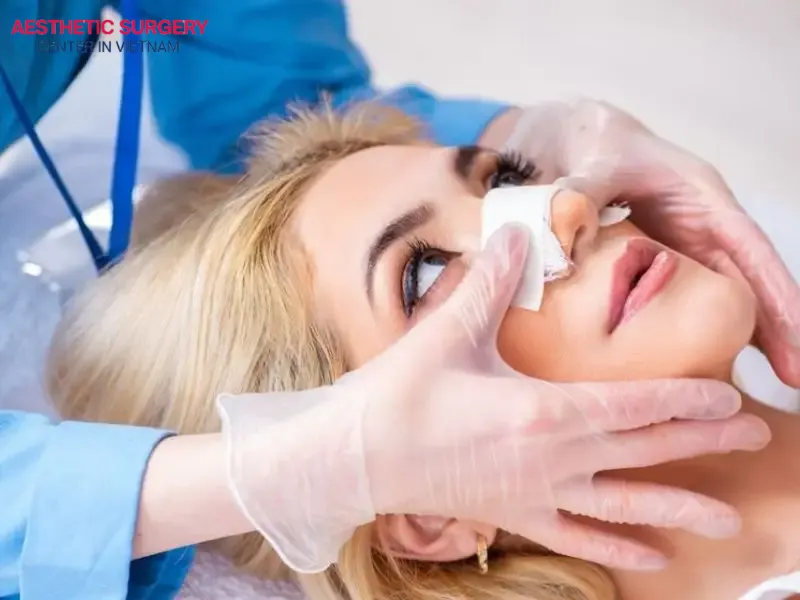
Closed rhinoplasty is an ideal option for those seeking to enhance their nose shape with a minimally invasive procedure that leaves no visible scars and offers a quick recovery. This procedure is best suited for individuals with a relatively balanced nasal structure who only require moderate refinements, such as tip narrowing, dorsal hump reduction, or subtle bridge augmentation. However, to achieve optimal and natural-looking results, it is essential to undergo a thorough consultation and examination by a highly qualified specialist. If you’re looking for a reputable closed rhinoplasty clinic in Vietnam, Aesthetics Surgery Center is a trusted choice. Here, experienced board-certified surgeons will personally perform your procedure and provide dedicated care throughout your surgical journey. For detailed consultation, please contact our hotline 0911 582 499.




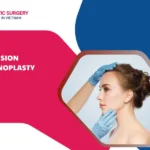


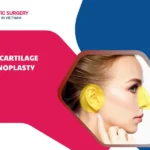
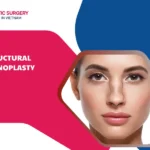


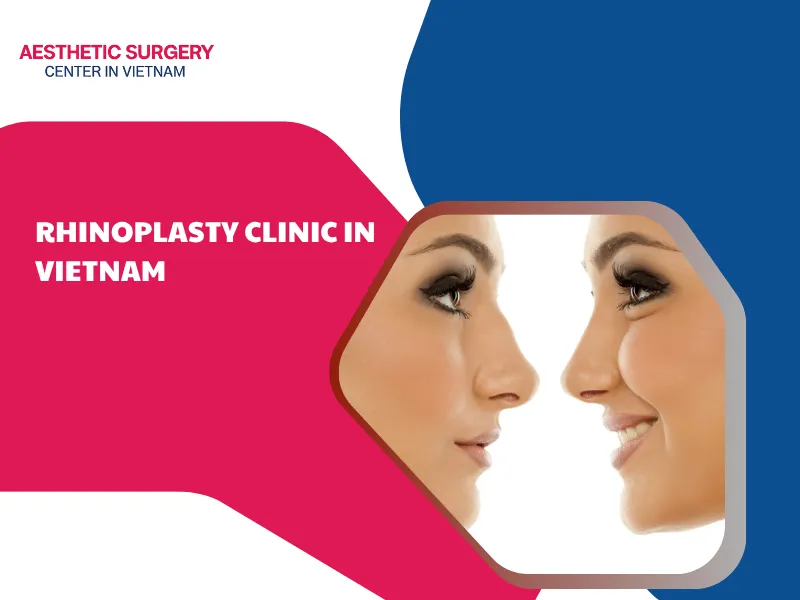
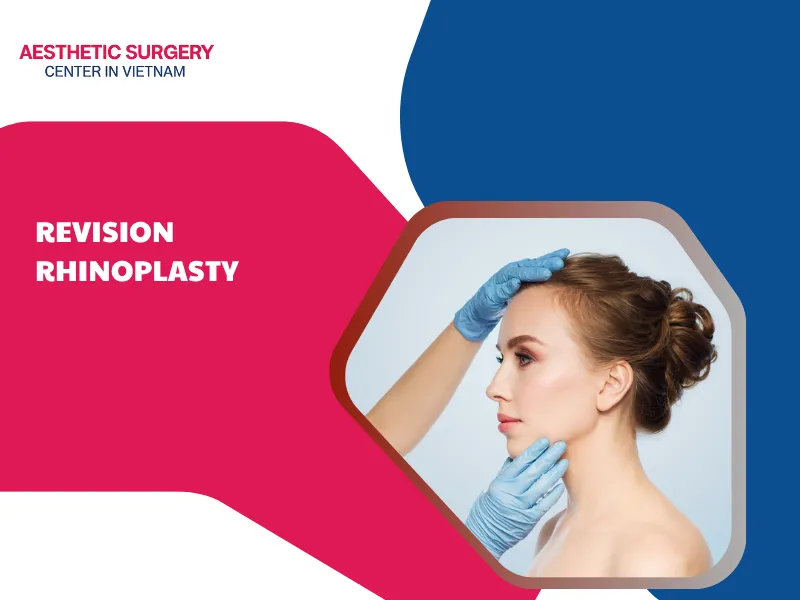
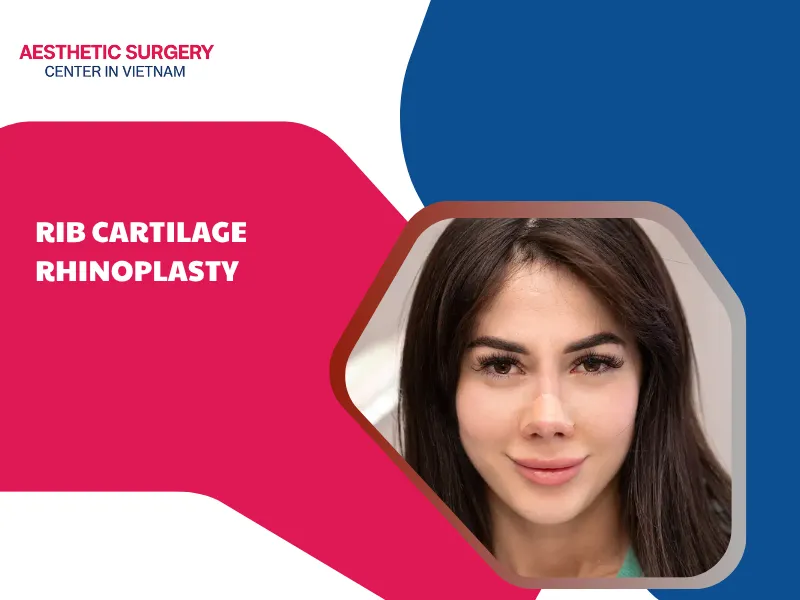
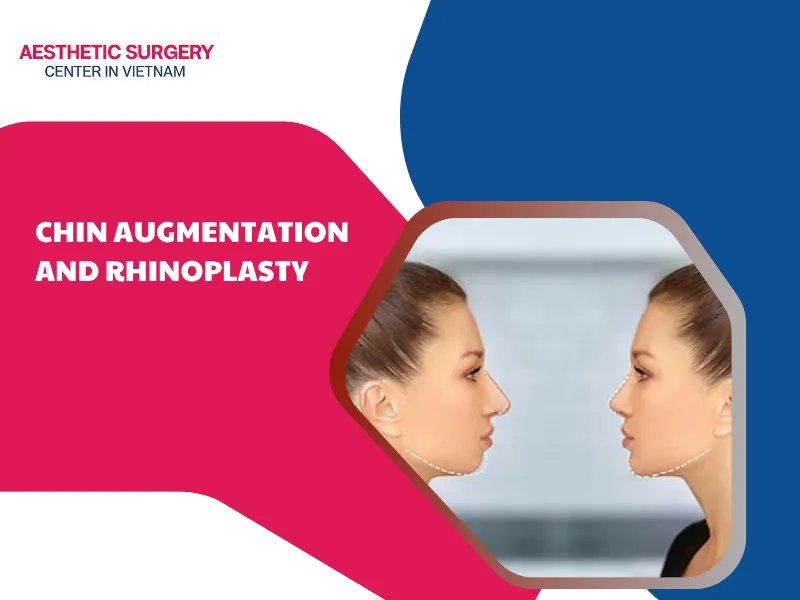
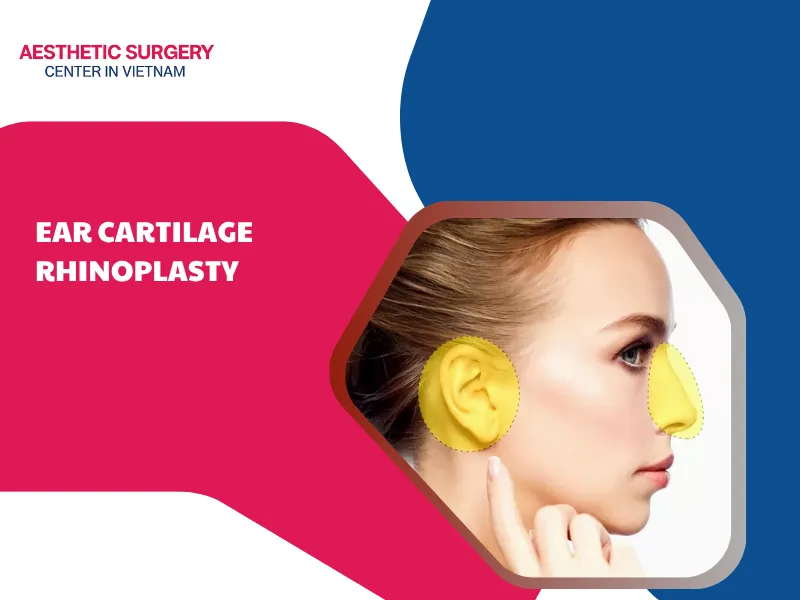




Comment on the post